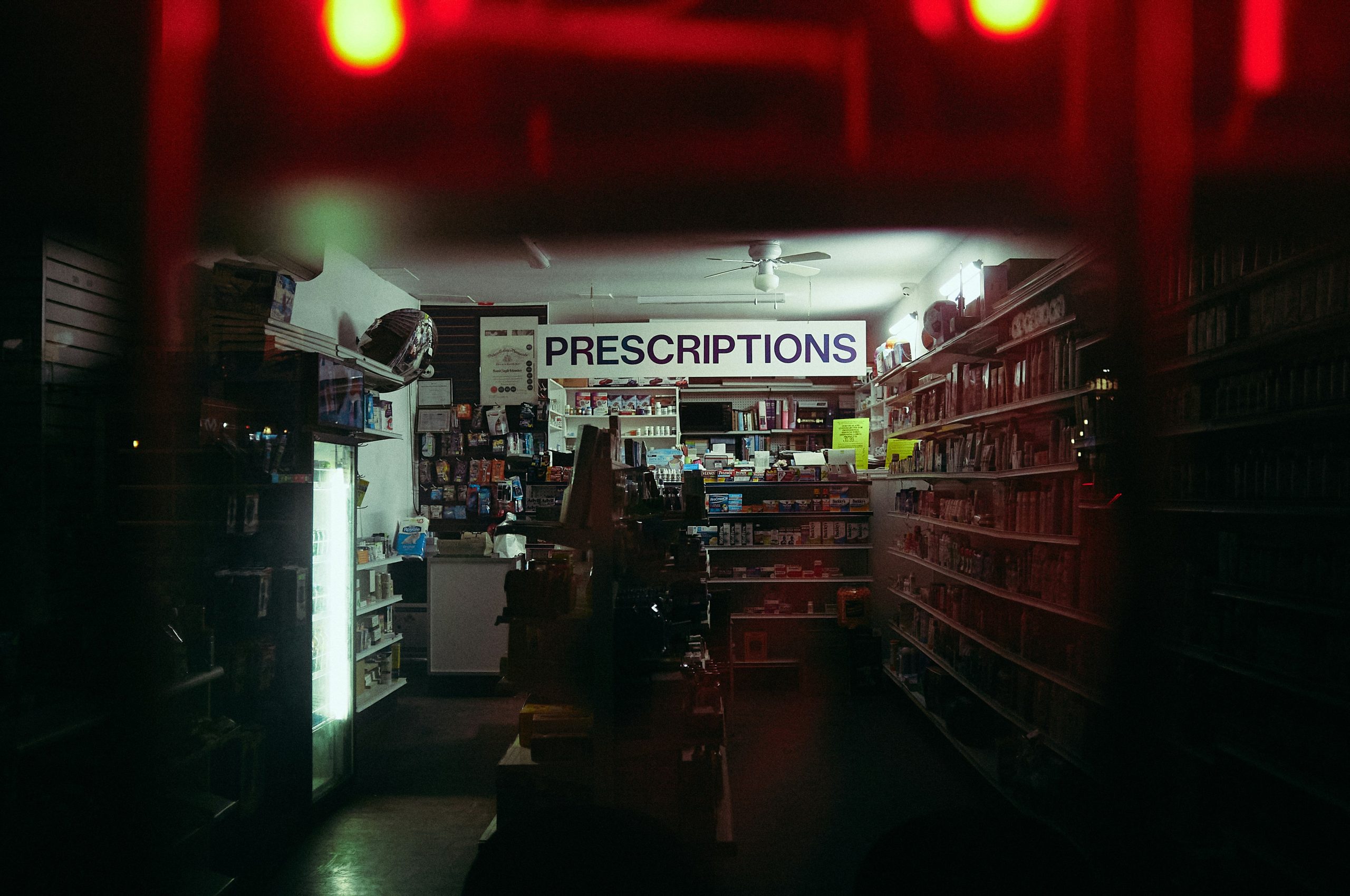The Centers for Medicare and Medicare Services, which oversees Medicare, now has authority to negotiate prescription drug prices for some Part D drugs each year. But, Christen Linke Young writes for Brookings on other Part D fixes needed to prevent insurers from driving up drug costs for their enrollees. The Trump administration just announced that it will not to make these fixes, at least for now.
Young explains that Medicare Part D is riddled with “market failures and inefficiencies.” As a result, Medicare Part D plans promote high-priced drugs with higher copays rather than lower-cost drugs.
Here’s the problem: Part D insurers earn more revenue when they negotiate big rebates from pharmaceutical companies offering higher-priced drugs. So, the insurers have a strong financial incentive to put drugs with the highest rebates on their formularies and keep lower-cost alternatives off their formularies. The insurers work with Pharmacy Benefit Managers, which, in the case of the largest insurers, are subsidiary companies.
The bigger the gap between the list price of a drug and the net price (the price after rebate), the more money the PBMs can collect in rebates. As a result, many Part D on-formulary drugs have a low net price and a high list price.
For reasons I cannot explain, Medicare pays PBMs based on a drug’s list price, not its net price. Medicare does so even if there is another lower-priced drug to treat the condition. The government also allows Part D insurers to keep lower-priced drugs off their formularies.
Through this flawed insurance design, Part D plans can offer lower premiums and then charge high out-of-pocket costs to those enrollees needing drugs with high list prices. The $2,000 out-of-pocket cap on Part D drugs helps patients some, but not as much as it could. Part D insurers both can charge patients high copays if a drug has a high list price and can keep lower-cost alternative drugs off their formularies.
When drug manufacturers give PBMs rebates, they often require that the PBM either keep a lower-cost alternative of that drug or another drug off the insurer’s formulary, a “rebate wall.”
These legally permissible insurer shenanigans cause people with Part D coverage to pay a lot more for their drugs than they need to. Sometimes, it’s less expensive to go to Costco or another low-cost pharmacy for your drugs. For example, the HHS Office of the Inspector General found that Part D plans tended to keep enrollees from buying biosimilar drugs, steering them to the higher-priced biologicals at a huge cost to the Medicare program.
Inexplicably, Congress has failed to fix these problems with Part D. CMS already has significant authority over formularies but has not exercised it to the extent needed. A Biden administration proposed rule that the Trump administration did not finalize would have required Part D plans to give enrollees “broad access to generics, biosimilars, and other lower cost drugs.” This rule could have helped prevent “rebate walls.”
Here’s more from Just Care:
- Medicare Part D drug costs: What to expect in 2025
- Billions in Medicare savings from Medicare drug price negotiation by 2031
- Medicare names 10 drugs subject to price negotiation
- Case study: Costco saves one couple hundreds of dollars over Medicare Part D
- How to avoid overpaying for your prescription drugs

Leave a Reply